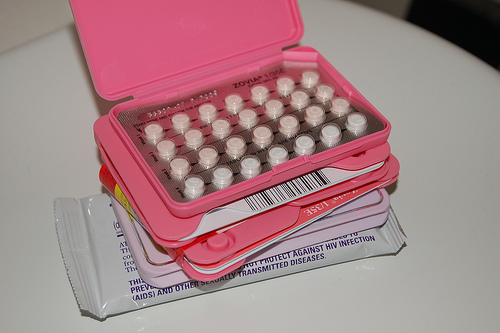
Birth Control Pills
Oral contraceptives are also called birth control pills. They are 92 – 99% effective in preventing pregnancy. Birth control pills come in different strengths (amounts of the hormones estrogen and progestin). Oral contraceptives (birth control pills) must be prescribed by your doctor. The pills need to be taken at the same time every day. Another oral contraceptive option available is the mini pill. It is similar to the “regular” birth control pill except it only has the hormone progestin in it. It is an option for women who cannot take estrogen. It is just as effective as the other pill and is taken daily at the same time. Oral contraceptives do not protect against sexually transmitted diseases. You might consider also using a condom for extra protection and the possible prevention of an STD. Birth control pills are not for every woman, if you are a smoker over the age of 35 with a family history of breast cancer or blood clots your doctor may advice that you consider another type of birth control.
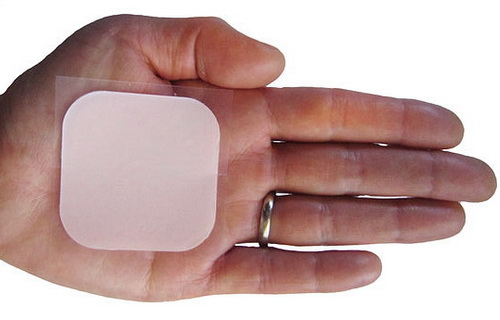
Birth Control Patch
The birth control patch is worn three out of four weeks. You change the patch each week for the first three weeks out of the month. You do not wear a patch the fourth week (this is the week you will have your menstrual cycle.) The patch can be worn on the upper back, buttocks, or lower abdomen (do not put the patch on your breasts.) The patch releases the hormones estrogen and progestin into your bloodstream. The patch is 92-99% effective in preventing pregnancy. Clinical studies have reported that the birth control patch is less effective in preventing pregnancy in women who weigh over 198 pounds.
- Important notification about information and brand names used in this slideshow!
- Photo courtesy of James Heilman, MD by Wikimedia Commons : commons.wikimedia.org/wiki/File:BirthControlPatch.JPG
- www.marshall.edu/wpmu/wcenter/emergency-contraception-and-birth-control/types-of-birth-control/

Birth Control Shot
The birth control shot is one of the most effective reversible methods of contraceptives. The shot is 99.7% effective in preventing pregnancy. The shot contains the hormone progestin and there are a couple of different brand names. The most popular is Depo-Provera. Many women like the convenience of the birth control shot. The shot is given by your doctor once every three months. You get the shot and you can forget about contraceptives (expect a condom to prevent sexually transmitted diseases) for the next three months. Other advantages of the birth control shot include; its price ranges from $35 to $100 dollars as opposed to birth control pills that can cost up to $40 a month. The birth control shot has also been proven to help prevent cancer of the lining of the uterus. The disadvantages of the birth control shot include the possibility that women have irregular bleeding or menstrual cycles for the first 6 months to 12 months. Once a woman decides, she is ready to have a baby it may take up to a year for her to conceive due to the long lasting effects of the shot.
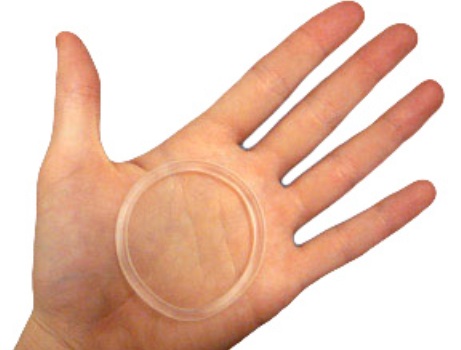
Vaginal Ring
The vaginal ring is 92-99% effective when inserted correctly. Insertion of the vaginal ring is not difficult and you will be given instructions by your doctor and you will also receive instructions from the pharmacist. The virginal ring is a flexible and is approximately two inches in diameter. The ring is placed inside the vagina and it releases the hormones estrogen and progestin. You use the ring for three out of four weeks. You remove the ring at the end of the third week to allow for your menstrual cycle. At the beginning of the first week, you insert a new ring. The vaginal ring is also cost effective compared to oral contraceptives. The price of the ring ranges from $15 to $80 depending on the brand name. There is a good amount of other benefits of using the vaginal ring aside from its main purpose of preventing pregnancy. It can reduce menstrual cramps; help prevent certain types of cancer, reduce or eliminate acne. The possible disadvantages of the vaginal ring can include irregular bleeding or menstrual cycles in the beginning, nausea and vomiting
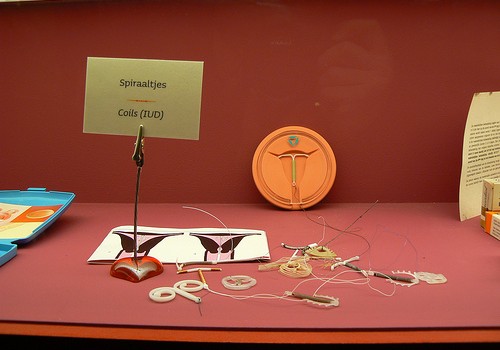
Intrauterine Devices
Intrauterine Devices also commonly called IUDs are T-shaped devices that are inserted into the vagina by a doctor in the office. The IUD is 99.8% effective at preventing pregnancy. There are two types of IUDs. One type is made out of copper and does not contain any hormones. This type of IUD can remain in place for 10 years. The other type of IUD does contain a hormone progesterone and must be replaced every 5 years. The hormone is in the little T-shape part of the IUD and is slowly released into the body over the 5 years. Some of the side effects include irregular menstrual cycle and heavier periods.

Condoms (Male/Female)
There are two types of condoms a male condom and a female condom. The male condom is worn over the penis and it prevents the sperm from entering the woman’s body. This type of condom is 85-98% effective in preventing pregnancy. It is also one of the only ways to prevent sexually transmitted diseases. The female condom is inserted in the vagina; it can be inserted up to eight hours before intercourse. This type of condom is 79 to 95% effective in preventing pregnancy. It also aids in preventing sexually transmitted diseases. The only problem with using condoms is sometimes they break. If the condom breaks, your second line of defense is the morning after pill.
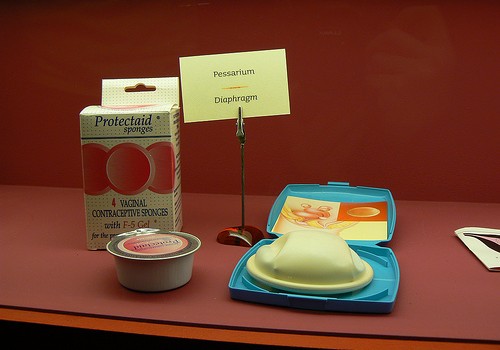
Diaphragm
A diaphragm is another type of birth control. Diaphragms should be used with a spermicide to help kill the sperm. A diaphragm is a flexible round silicon device that is similar to a shallow cup and it covers the cervix so the sperm cannot get past it. If your chosen method of birth control is a diaphragm, you will need to visit your doctor and be fitted for one, because they come in different sizes. One diaphragm can last up to two year the average cost range between $15 and $75. The diaphragm can be inserted up to six hours before intercourse. It is 84 – 94% effective in preventing pregnancy.

Contraceptive Sponge
The contraceptive sponge is more effective for women who have not had any children. The sponge is a soft round plastic cup like device that covers the cervix to prevent the sperm from entering the woman’s body. It is 89 to 91% effective when used correctly. The sponge has a loop attached to the bottom of it for easy removal. The sponge needs to wet before inserting it into the vagina the water activates the spermicide. Read the directions on the package for proper use. Contraceptive sponges contain spermicide and you can add extra spermicide if you want extra protection.
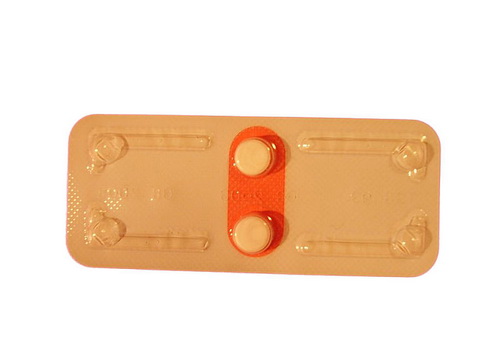
Emergency Contraceptive
Accidents happen and that is what emergency contraceptives are for. There are two types of emergency contraceptives - the morning after pill and the ParaGard IUD. Both products can be used up to five days after you had unprotected intercourse. Of course, the sooner you take the morning after pill or have the IUD inserted the better. You do not need a prescription for either of the morning after products. You can buy them in most pharmacies. Although, some states require that you are at least 17 years old with identification. If you cannot afford the pill or IUD, go to a clinic or a place like Planned Parenthood. If you can afford the IUD, it costs between $500 to $900 and must be inserted in the doctor’s office. Both emergency contraceptives are safe to use.
- Important notification about information and brand names used in this slideshow!
- Photo courtesy of Anka Grzywacz by Wikimedia Commons : commons.wikimedia.org/wiki/File:Emergency_contraceptive.jpg
- www.health.com/health/gallery/0,,20354669_13,00.html
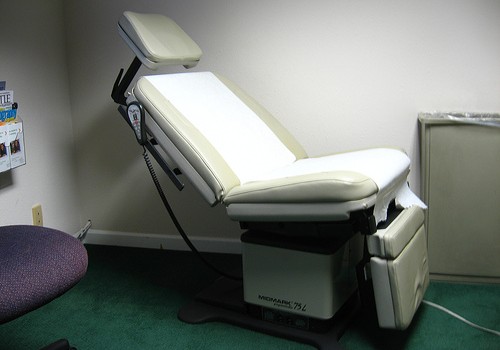
Permanent Types Of Birth Control
There are three permanent types of birth control, although, all three of them can be reversed. The reversal is costly as insurance does not cover it. Besides there is no guarantee that the reversal will be successful and you will be able to conceive or impregnate a woman. Tubal Ligation - The operation is performed on the woman’s fallopian tubes. The tubes are cut or blocked in order to close off the sperm's access to the egg. Normally, tubal ligation takes about 20–30 minutes, and is performed under general anesthesia, spinal anesthesia, Implants - Involves a small metallic implant that is placed into the fallopian tubes. The device works by making scar tissue form over the implant, blocking the fallopian tube and preventing pregnancy. It is very similar to a tubal ligation. Vasectomy – Is a cut in the scrotal sac, cutting or burning of the tubes that carry sperm, and blocking both cut ends to prevent sperm from fertilizing an egg.








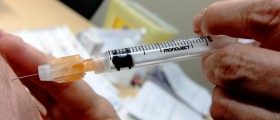
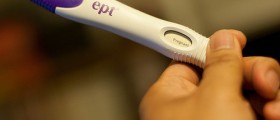

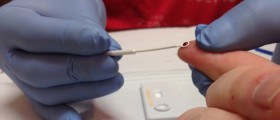




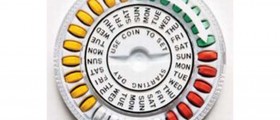



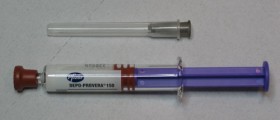




Your thoughts on this
Loading...